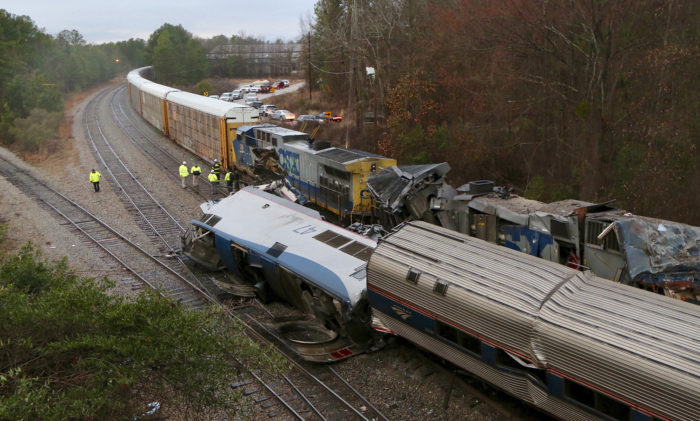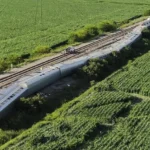Who’s REALLY to Blame for This?
Well, It was the second accident involving an Amtrak train in a matter of something like six weeks, both involving fatalities and a bunch of injuries. That was bad enough, but then South Carolina’s governor, Henry McMaster, made it worse. “It appears,” he said, “Amtrak was on the wrong track.”
Nope. Let the record show that Saturday’s accident wasn’t Amtrak’s fault. The tracks where the accident occurred are owned by CSX, the freight railroad, and the movements of all trains using those tracks are controlled by CSX dispatchers.

Once again, an Amtrak passenger train is involved in an accident that most probably would have been avoided if Positive Train Control (known as PTC) had been installed along that section of track.
Ten years ago, Congress passed the Rail Safety Improvement Act of 2008 which required railroads—and that meant all railroads—to equip their trains and tracks with the PTC technology. The trouble is, that mandate included no federal money to help pay for the system. Zero. Zip. Nada. And the total cost will be well in excess of $10 billion.
There is no doubt that someone screwed up badly—most probably a CSX dispatcher will shoulder most of the blame—but as far as I’m concerned, the real culprits are the members of Congress who made PTC the law, but didn’t pony up a dime to help pay for it.





The PTC system to me sounds extremely technically complex and those complexities are probably adding to the delayed timetable.
You’ve probably heard that one task for the railroads is to get radio spectrum rights granted by the FCC for PTC (And as I further understand it, the frequencies are in the VHF part of the spectrum, actually near a 220 mhz. ham band, I think.)
Construction aside, I believe the engineering studies required to gain spectrum from the FCC is a massive and maddeningly slow undertaking. And the system, as designed, again as I THINK I’ve heard, involves tens of thousands of transmitters, receivers, and antennas track side and on trains, all in a band of frequencies that requires much larger antennas than, for instance,the On Star system on some automobiles, and may be known for being susceptible to interference.
A knowledgeable professional radio engineer could respond to these questions.
However, when I first heard of the proposed PTC system I wondered if a much higher band of frequencies should be used – such as those used for satelite radio.
I defer to your understanding of how the system works, and do agree that it’s complicated and expensive. Again, my point is that the mandate from Congress had no funding included. Thus, private companies were faced with having to spend their capital on a system costing well in excess of $10 billion. And so they stalled, got Congress to agree to move the deadline, and it’s now more than ten years later and PTC is still not fully implemented.
Well this accident came about because of work to install PTC. It might be the first PTC caused accident. There will be others. There is a long history of signal work and new technology causing problems. It isn’t hard to understand why – when the routine changes, things get confused or overlooked.
Next time someone asks for an example of irony, I’ll remember this. How sad. How ironic!